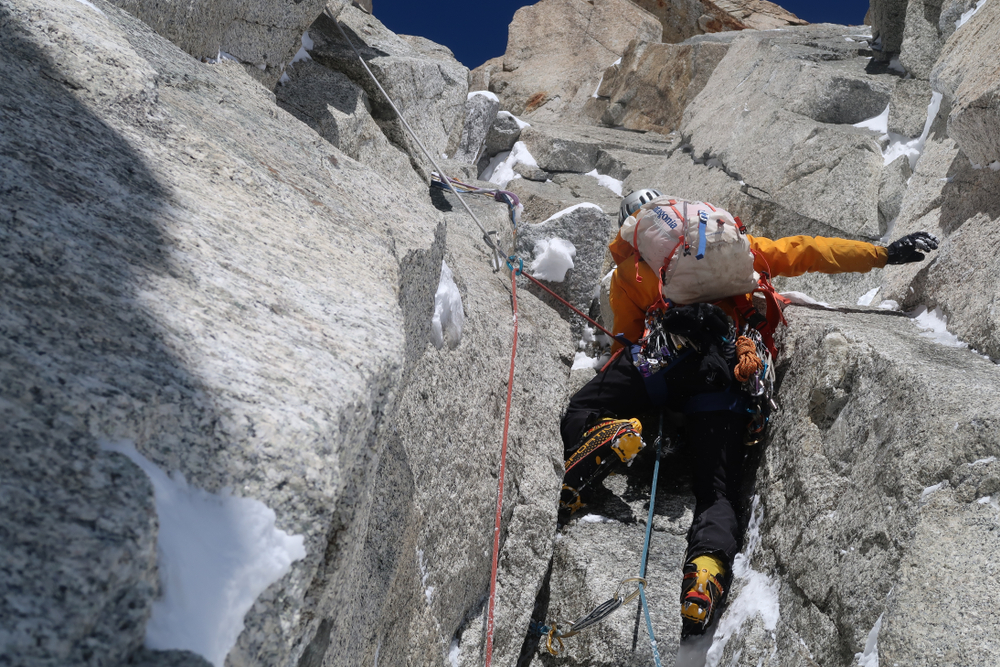Biking Beyond Borders: An In-depth Perspective on Cycle Tourism
Bike tourism, an emerging trend in the world of travel, offers a unique blend of adventure, fitness, and sustainability. With a rich heritage dating back to the 19th century, cycle tourism has evolved into a multifaceted industry that caters to diverse travel preferences. This article delves deep into the realm of bicycle tourism, its historical context, current trends, and its impact on the travel industry and travelers alike.

The Pedaling Past: A Historical Overview of Cycle Tourism
Bicycle tourism’s roots trace back to the late 19th century when the safety bicycle - a model with two equal-sized wheels - was invented. The newfound mobility and independence the bicycle offered made it a popular mode of transportation, particularly in Europe and North America. In the 1930s, cycle touring clubs began to emerge, organizing group rides and advocating for cycling infrastructure.
In the 1970s and 1980s, the bicycle regained its popularity as an eco-friendly and healthy alternative to motorized transportation, sparking a resurgence in cycle tourism. Today, bicycle tourism is a thriving and diverse industry, offering a range of experiences from urban bike tours to long-distance cycle touring and mountain biking.
Trending Now: The Contemporary Landscape of Cycle Tourism
In recent years, cycle tourism has seen several exciting trends. One is adventure cycling, where cyclists embark on long-distance, multi-day tours often in rugged or remote areas. These tours are seen as a way to challenge oneself physically while connecting with nature and local cultures.
Bikepacking, a lighter, more flexible form of cycle touring that combines cycling with backpacking, is another growing trend. Bikepackers typically ride on a mix of paved roads, gravel, and trails, carrying only essential gear.
Moreover, many cities, recognizing the value of cycle tourism, have invested in bicycle infrastructure and bike-sharing programs, making urban cycling more accessible and appealing to tourists.
The Wheels and Woes: Benefits, Challenges, and Impact of Cycle Tourism
Cycle tourism offers numerous benefits. It promotes physical fitness and mental well-being, reduces carbon emissions, and allows travelers to connect more deeply with their surroundings. Economically, it can stimulate local economies as cycle tourists typically spend more time and money in the areas they visit.
However, cycle tourism also faces challenges. These include lack of proper cycling infrastructure, safety concerns, and the physical demands of long-distance cycling.
Despite these challenges, cycle tourism’s positive impact on travelers and destinations is undeniable. It encourages slow, mindful travel, and fosters a deeper appreciation for the environment and local cultures.
Pedaling with Purpose: Insights for the Avid Cycle Tourist
- Plan your route in advance but be flexible. Weather, road conditions, and your physical condition can change quickly.
- Invest in a good quality bicycle and gear, including a helmet, repair kit, and appropriate clothing.
- Stay hydrated and nourished. Pack plenty of water and high-energy snacks.
- Respect local cultures and the environment. Follow local customs and leave no trace behind.
Conclusion
Cycle tourism, with its rich history and evolving trends, offers a unique and rewarding travel experience. It challenges the body, stimulates the mind, and nourishes the soul. As we pedal forward into the future of travel, cycle tourism is poised to play a significant role, inspiring travelers to explore the world on two wheels, one pedal stroke at a time.





